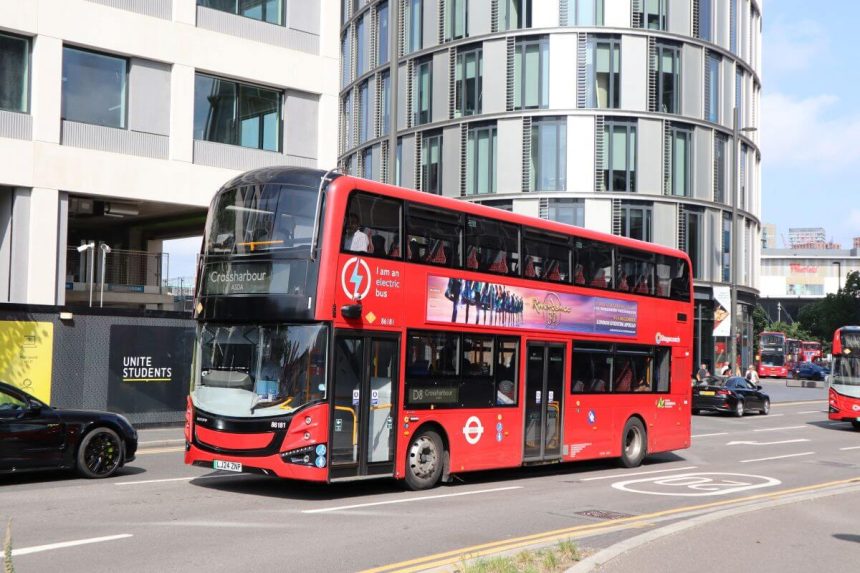Volvo has announced that City Brake – a new form of Advanced Emergency Braking – will be used on BZL electric buses in London from autumn.
Although already used on HGV, coaches and cars, it has not been offered on buses due to complexities around carrying both unrestrained and standing passengers.
The latest system is calibrated to take into account lower speeds and non-seated passengers.
The introduction of City Brake on to Volvo BZL buses in the capital supports Transport for London (TfL) and Mayor Sadiq Khan’s Vision Zero goals, which include eliminating deaths involving buses by 2030.
Rachel Birrell, Bus Safety Development Manager at TfL, says: “Our Vision Zero approach demonstrates the importance of ensuring a safe bus network for everyone, and shows the influence TfL has to drive new standards of bus safety.
“Our approach follows the principle that mistakes happen, and the transport system needs to accommodate human error and unpredictability, and that those with a role in designing, building, operating, managing and using our streets have a responsibility to reduce road danger.”
Joint work by Transport Research Laboratory (TRL) and Apollo Vehicle Safety analysed more than 1,000,000 km of bus journeys from 50 vehicles in London, logging braking applications while in service. This showed TfL that the potential risk to passengers from City Brake was much lower than previous research indicated.
When rolled out, the first City Brake-equipped Volvo BZL buses will initially operate in “shadow” mode to provide TfL with more data about how the system performs – without the emergency braking function being activated.
The system involves a “pre-brake” which reduces the speed when a risk of collision is detected while also alerting the driver to take action. If no such human intervention is taken, the braking force is increased to a retardation aimed to minimise the collision risk, while keeping the risk and inconvenience for standing passengers low.
Thomas Forsberg, Head of Safety at Volvo Buses, says: “We launched our first AEB system back in 2015 for coaches and it has continuously been developed and improved, taking us closer to our vision of Zero Accidents.
“Now we are taking another step, further enhancing safety for vulnerable road users and vehicle occupants by introducing AEB in our city segment, Class I and Class II vehicles – a solution we’ve called City Brake.
“Fine-tuning this system for city traffic was a complex process, as we had to calibrate it to take account of both lower speeds, and the fact that passengers would likely either be seated without a seatbelt, standing, or possibly moving around the vehicle.
“Analysis also found that in most pedestrian collisions involving a bus in London, the time to collision was less than two seconds, which means our technology has a very narrow window in which to react.”
























